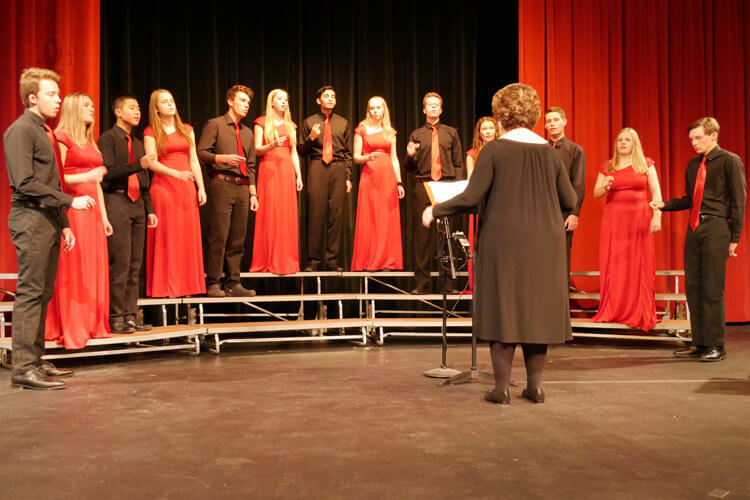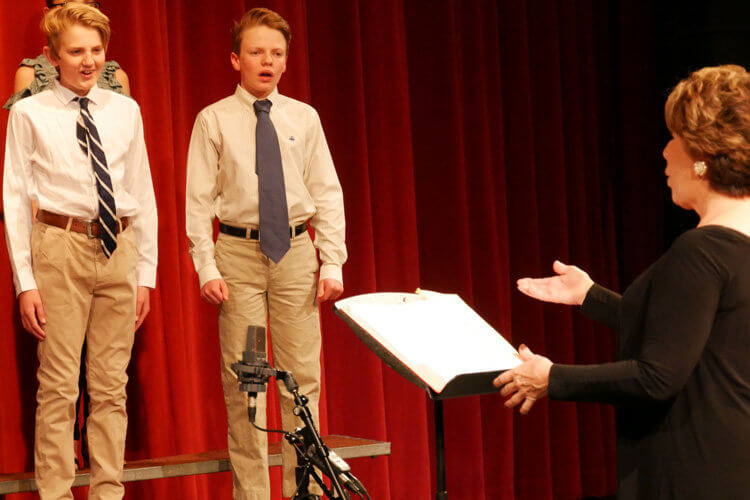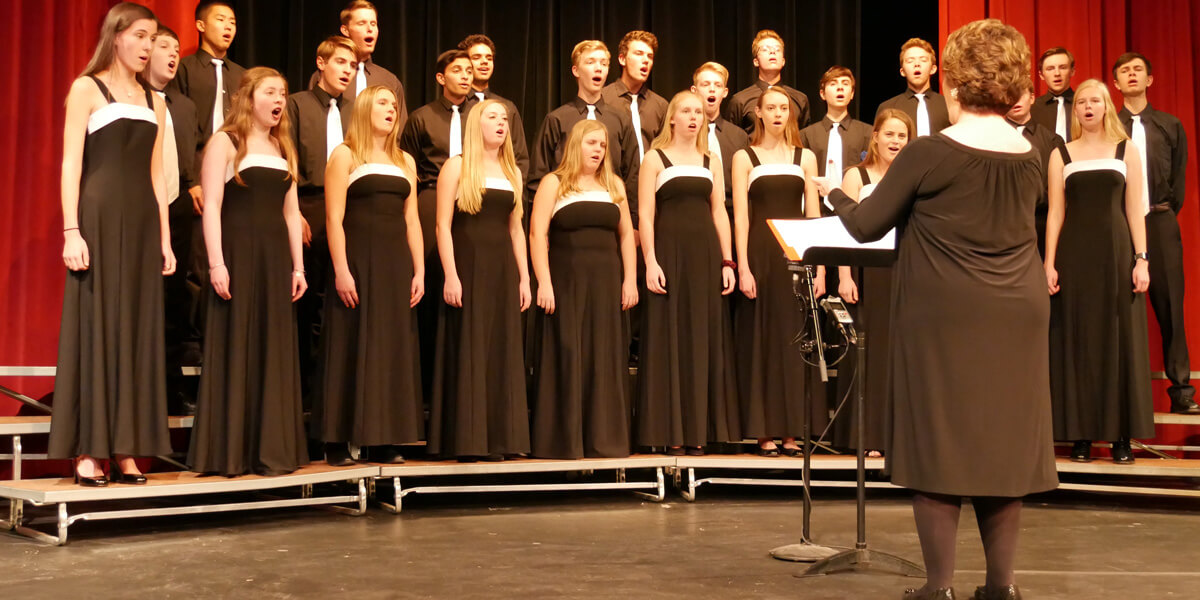A recent Quartzy newsletter included an article which discussed novelist Haruki Murakami’s speech at an October New York Times event. The author explained how, in 2011, he felt helpless after the terrorist attacks and the natural disasters affecting Japan at that time, and he wondered what he could do to make things better, to make him feel like he was a part of some solution or cure. He realized, as basic as this may sound, that as a novelist, he could continue to write good stories and that the reader could be moved by his words to a better place in thought and action.
This idea of using our art to be fully present in the world is hardly a new one. The ancient Greeks believed in the power of catharsis; modern dance pioneer, Martha Graham, utilized the invocation of myth to create a new notion of a dance theater; and British street artist, Banksy, continues to create provocative meaning out of images and words that articulate urban walls.
Yet, today, the belief that art has the power to balance, heal, and enlighten, which was the creed of ancient theater, is often considered trite because we are living in an age where we want to fix problems immediately—find the cure, change a mindset, glue together wanton parts—so that they go away and are never seen again.
As my students tell me, they have discovered that very little is a quick fix in their world, and they turn to their art for a bounty of reasons, including self-expression, making meaning, wrestling with conflict, and a vindicated escape. I fear very few of them have thought that the simple act of sharing what they do so well and with such heart is a way of helping what ails us.

‘The faces of children when they sing’
Murakami may write fiction, but on Sunday, November 11, the Colorado Academy Middle School and Upper School Choirs gave a magical performance in the theater as the audience made their way through an icy storm, a heroic effort in some cases. Already, the right combination existed for a restorative evening—dim lights, snow melting off a rainbow of Patagonia jackets, a legendary choir director in Cindy Jordan, and the voices of a brood of 13- to 18-year-olds making many of us feel better than we have for weeks.
There is something about the faces of children when they sing. They are unbridled, credible, and, as performers, they are willing to take a leap of faith that for this expanse of time nothing exists else but their words, their thoughts, their song. Among the palette offered was a piece called “A Song of Light,” by Laura Farnell. To be sure, I have listened eagerly to this piece being rehearsed while in my office, but I am a sucker for its sentiment every time I hear it, because the lyrics say everything we have always known about the power of music—
Sing of the wonder awakening light!
And see! The life breath of music illumines the sky,
Joy without measure that dances and dances along!
Come hear the music! Come sing the song!
I choke up every time I hear our students sing these words, because they are an invocation to all of us—to abandon our fears and cynicism, our negativity and fatigue—and to join in a celebration that is hopeful and larger than any single circumstance.

‘A way of seeing our world in new light’
They are not the only music students extending this message. The month of November captivated our community with the Fall Ensemble Recital where more than 100 students from Grades 3 through 12 presented an inspiring evening of instrumental works, including the “Carmen Prelude” on flute, Telemann’s “Sinfonia” by Sixth Grade Strings, Bach’s “Sarabande,” from Suite #6 by the Upper School Cello Ensemble, a selection of inspiring piano duos, and the excellent trimester work by both Middle School and Upper School Orchestras, two new classes in the curriculum which continue to grow as we teach our students music theory as well as performance.
Likewise, the recent Upper School Recital presented our community with a stunning program of mixed instrumental presentations, focusing on our advanced high school musicians in a gratifying evening of music by Haydn, Elgar, Kreisler, and Prokofiev, among others, and ending with a jaw-dropping piano duo by Will Smart and Jack Younger of Gershwin’s “Rhapsody in Blue.”
There was cheering in Schotters Music Center after this recital. Did it solve the problems of the world? Probably not, but it granted, as do all of our music presentations, a way of seeing our world in a new light and a feeling of promise and renewal. This much was blissfully evident in the faces of our students and in the manner in which family and friends rushed to congratulate them. This is good stuff. Murakami is right. When we give of our art, “There is a special secret passage between us, and we can send a message to each other.”
Like the writer, Haruki Murakami, our young artists pour their souls into their endeavors. Musicians play and sing without requesting felicity. They ask only to be heard, to be considered, and for their audiences to make personal what they so generously lay out like a feast before them. They do this on good days and on bad days—on days where they feel in tune and on days when the world we have given them is just slightly dissonant. In this way, they are curing the world just by being who they are. We can learn from their example to use what we, as adults, own within us, to “illumine” our skies this winter season, to forget our sometimes crusty selves, find joy, and “sing the song.”
